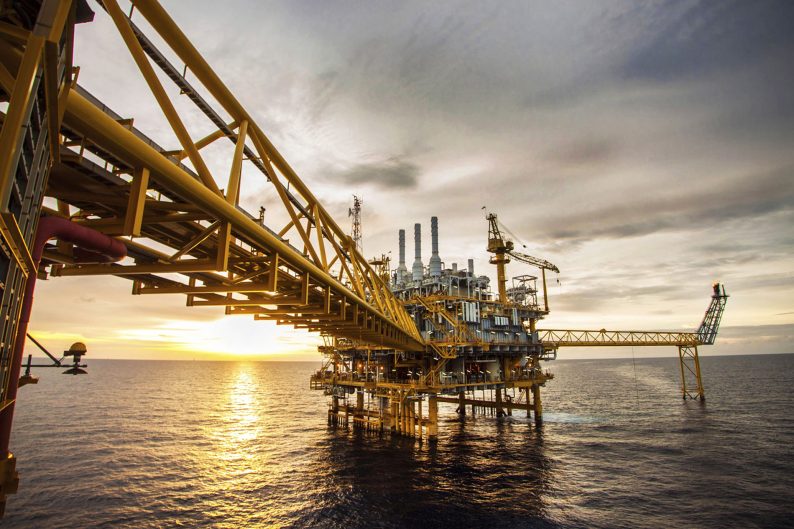U.S. oil inventories continued to streak lower for a record-breaking 10 weeks in a row even as U.S. oil production is approaching record levels. Demand for oil remains outstanding even as refiners start the long descent into seasonal maintenance. Now, a weak dollar environment and more talk from Davos from the major oil players is driving oil ever higher. Saudi Oil Minister Khalid al-Falih is warning the marketplace about it having “too much focus” on U.S. shale production and Russian Energy Minister Alexander Novak pointing out that “U.S. shale oil only meets 6% of current demand, and even if it doubles by 2021 as projected, it’ll only meet an additional 2-3% of demand. We should not be afraid of shale oil production in general” (finally, someone who can do the math). The Saudi Oil Minister also slammed the International Energy Agency(IEA), an agency I have been critical of. SA news reports thatSaudi Energy Minister Khalid Al-Falih accused the body of overhyping the impact of U.S. shale growth on the oil market. “I was not disputing the amazing revolution of shale. [But] in the overall global supply-demand picture it’s not going to wreck the train. That’s the core job of the IEA, not to take it out of context.” This comes as the geopolitical backdrop becomes more challenging with talk of drug cartels hijacking Mexico’s refining industry and President Trump’s warning to Turkey to take it easy on their U.S. backed Kurds in Syria or risk a confrontation with U.S. troops.

The oil draws keep coming. As reported by Reuters, Crude inventories fell 1.1 million barrels in the week to Jan. 19, compared with analyst expectations for a decrease of 1.6 million barrels, according to the Energy Information Administration (EIA). That put U.S. supply at 411.6 million barrels, lowest since February 2015, and the string of drawdowns that began late November represents a record, according to EIA figures dating to 1982. Crude stocks at the Cushing, Oklahoma, delivery hub for U.S. crude futures fell by 3.2 million barrels to 39.2 million, their lowest since January 2015, the EIA said.













Leave A Comment